How To Bake With Yeast
As an Amazon Associate, I earn from qualifying purchases. Read the full disclosure here.
Use this comprehensive guide whenever you need to work with active dry yeast. All of your questions answered so you can be a yeast bread pro! Then, head to my recipe collection to find all of my yeast bread recipes in one spot!
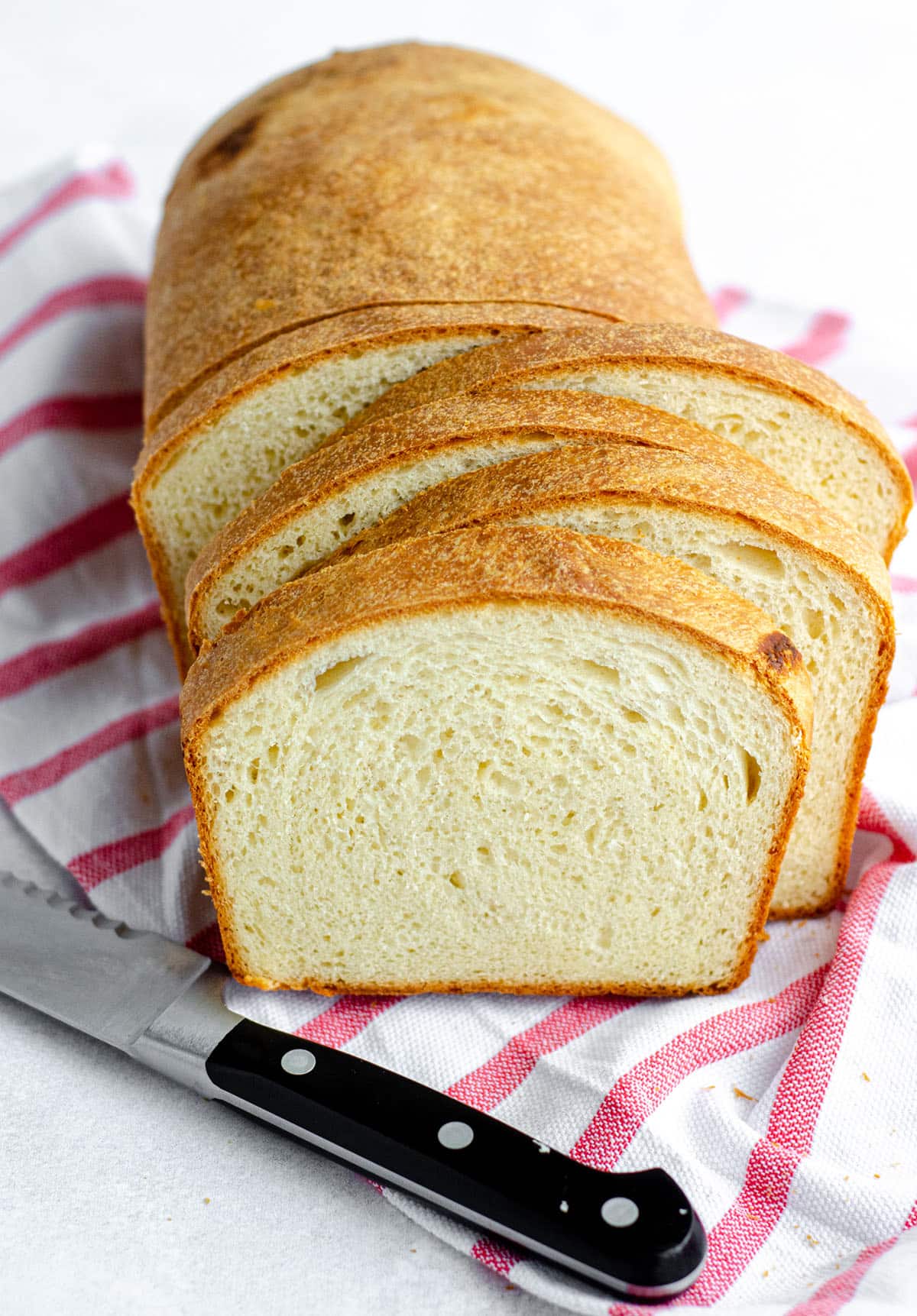
When I wanted to learn how to bake from scratch, I started with cakes. They were simple and straightforward, and once I perfected them, I wanted to branch out into yeast bread.
I was so intimidated that when I went to my parents’ house one weekend in 2010, I was actually sick to my stomach with nerves knowing my mom was going to use the weekend to teach me everything she knew about my grandmother’s Italian anise bread. It seemed so scary!
Once she showed me how to prepare it, how to use it, and what it could do, I literally said “that’s it?” Ever since then, I’ve been using my simple, stress-free approach to baking with yeast to teach thousands of my readers bake gorgeous loaves, fluffy cinnamon rolls, and pillowy buns like champs.
WHAT IS YEAST?
Yeast is a living organism that, just like anything else living, needs food and moisture to grow and survive. There are several forms of yeast, the two most common being brewer’s yeast, used in beer making and lactation recipes, and baker’s yeast, which is what you’ll use when you’re, well, baking.
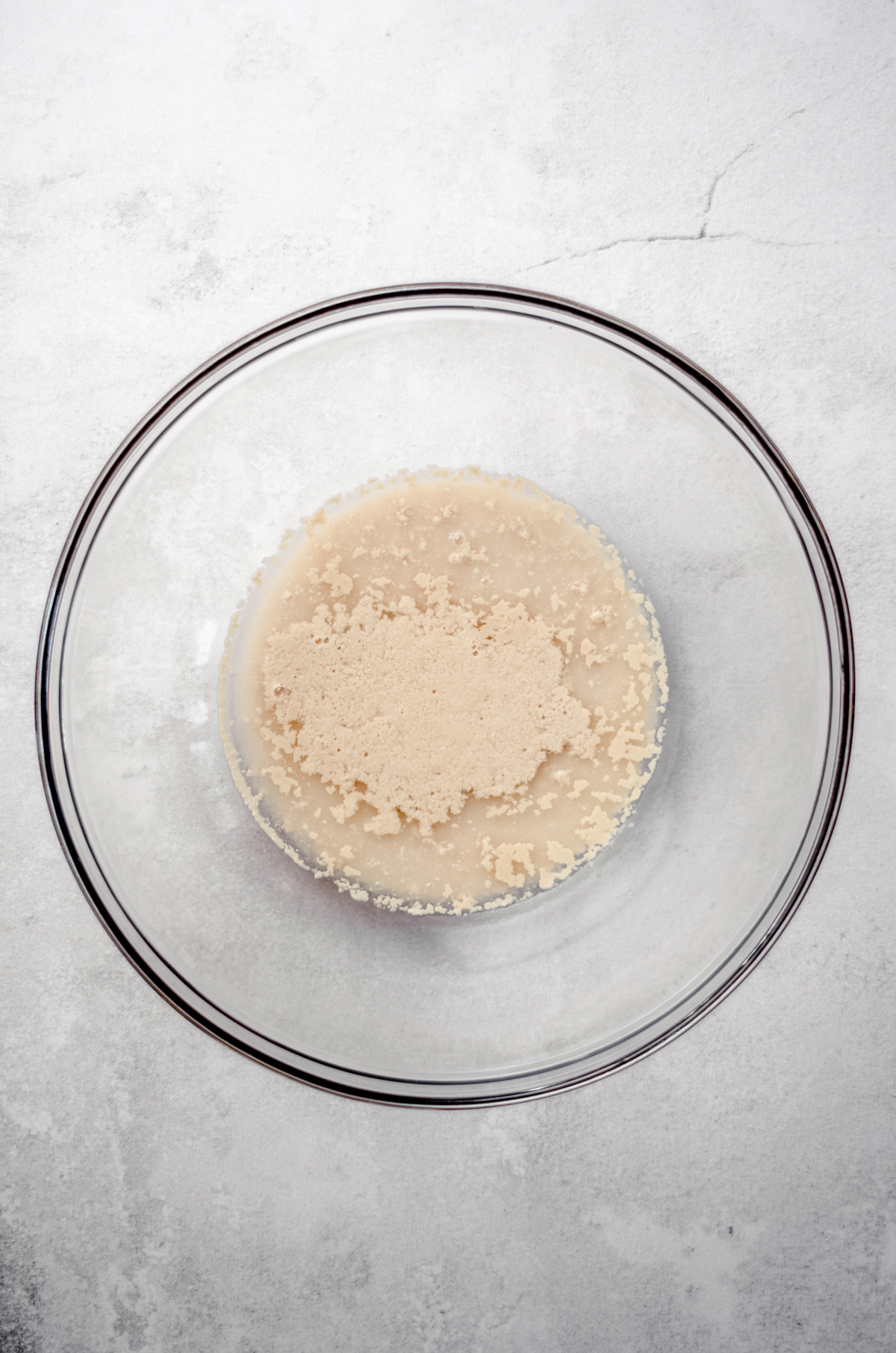
Yeast feeds on sugar and ferments it, converting it to alcohol and carbon dioxide. That carbon dioxide is what stretches and expands dough (during rising) and brings that familiar flavor you recognize in yeast recipes as well as the little air pockets you love in a fluffy piece of bread.
DRY YEAST: ACTIVE AND INSTANT
While there are two main types of baker’s yeast, wet yeast and dry yeast, the recipes that you, as a home baker, will most likely encounter are those made with dry yeast as it is the most common.
Within the category of dry yeast, there is active dry yeast and instant yeast. While both require liquid to bring them out of their dormant, dry state, they do act a little differently from each other.
ACTIVE DRY YEAST: this is the yeast you’ll find on my site, and most commonly in yeast bread recipes unless otherwise stated. It rises at a moderate pace.
INSTANT YEAST: this is sometimes also known as fast acting or rapid rise yeast. It rises at a more rapid rate for a quicker result.
CAN I SUBSTITUTE DRY ACTIVE YEAST FOR INSTANT YEAST?
Yes, and it is an easy swap! You will just replace at a 1:1 substitution and want to keep an eye on the rising of your dough. Since it will rise more rapidly with instant yeast, your unbaked dough will rise much quicker. Over-rising the dough can lead to flat loaves and a bitter taste. This is why instructions will often ask you to look for dough “doubling in size” or something else visual to be more helpful than a blanket time.
HOW MUCH YEAST DO I USE?
The general rule of thumb is that 2 and ¼ teaspoons, or the equivalent of one packet, will raise up to 4 cups of flour. Most yeast recipes are written to accommodate about 4 to 5 cups of flour, and in the case of my small batch cinnamon yeast rolls, we’re only using half of a packet, or 1 and ⅛ teaspoons of yeast, because we’re only using about 2 cups of flour.
WHAT IS PROOFING YEAST?
While modern yeast production and storage means yeast is probably still very active as long as it’s used before the expiration date, I still like to include a “proofing” step in my yeast bread recipes for thoroughness. This step merely “proves” that the yeast is alive and active.
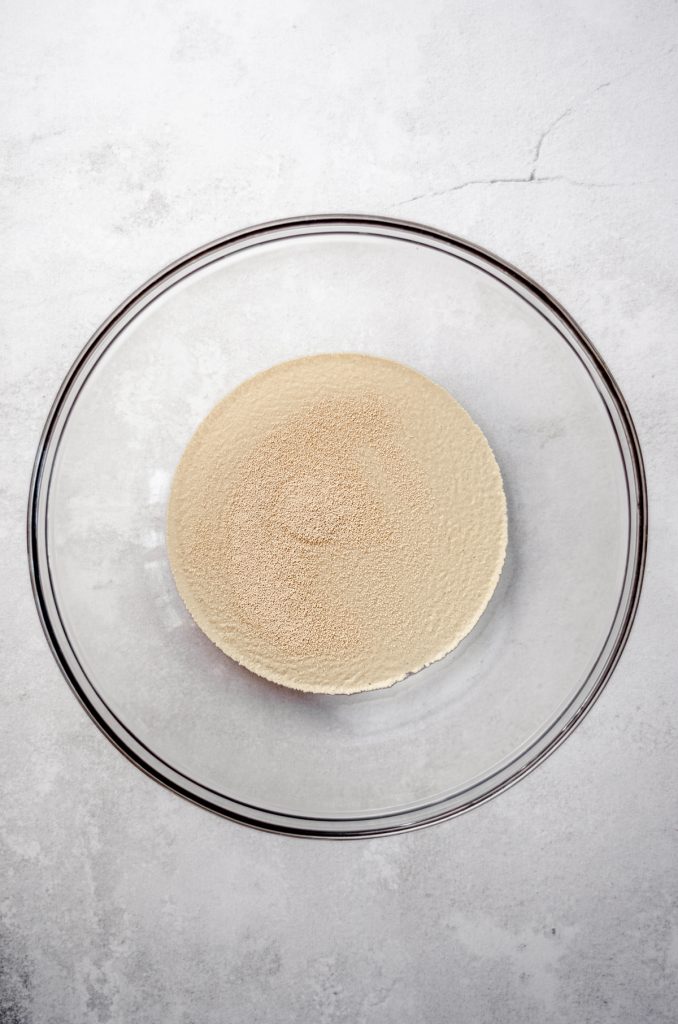
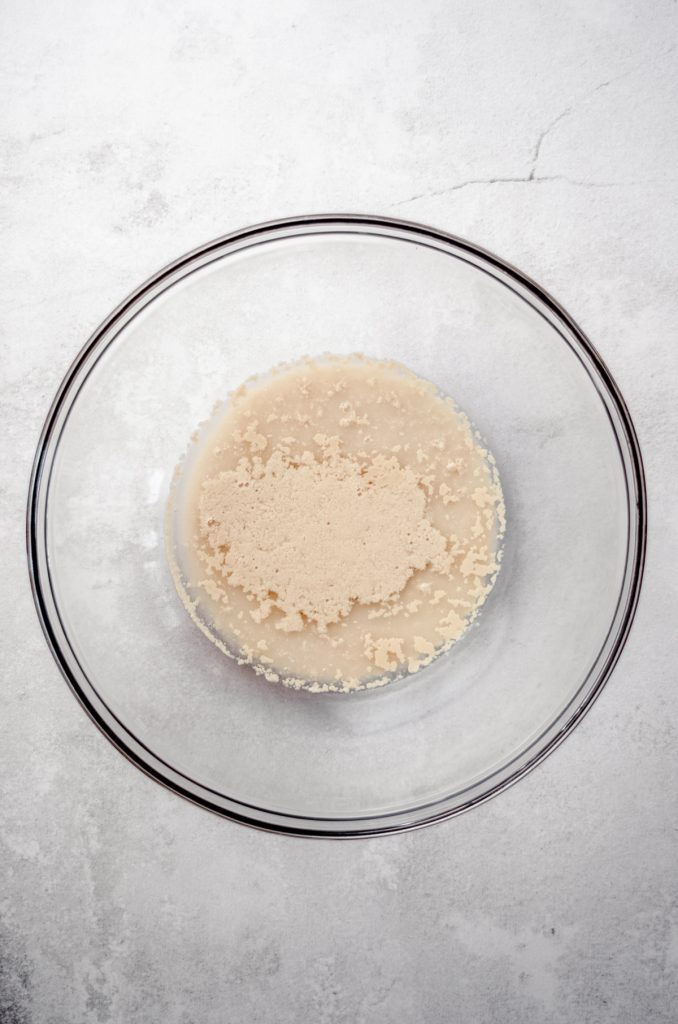
TO PROOF YEAST: dissolve the yeast into warm water or milk with a bit of sugar. The mixture should be foamy and “active-looking” after about 5 to 10 minutes. If it isn’t, there’s a good chance your yeast is dead and you should get new yeast before proceeding with your recipe.
HOW DOES YEAST WORK?
Yeast, when activated with warm liquid and (sometimes) sugar, releases carbon dioxide during fermentation, which stretches and expands dough. It also thrives in a warmer environment, but not too warm! I like to test my liquid for activating yeast to be sure it’s around 110ºF (43ºC). Another way to test this is to run the liquid over your wrist. If you can feel it, it’s either too warm or too cool. If you don’t feel it, it’s just right.
While yeast can rise in cooler environments, it takes much longer. A slower rise can produce a more flavorful bread, which is why sourdough is so desirable! The more you learn about working with yeast bread, the more you can learn about your preferences for rising and what to look for when it’s just right for you.
HOW TO RISE DOUGH
Cover your dough and place it in a warm place to rise. Depending on your recipe, this might be anywhere from 1 to 2 hours or longer. During this time, the yeast ferments, producing alcohol and carbon dioxide and should be left alone. While I normally have no issue rising my dough on the kitchen counter because I’m almost always working in a warm environment, I do sometimes have a little more trouble in the winter when my kitchen is naturally colder.
IF YOUR DOUGH IS HAVING TROUBLE RISING
If I notice after about 45 to 60 minutes that my dough isn’t doing much of anything, I will move it to a warmer spot. Sometimes this is a heating vent (in the winter) or sometimes I need to use the oven for help. If you need a warmer environment and your oven is available, preheat the oven to 200°F (93°C), wait until it beeps, then immediately turn it off. Allow it to dissipate some heat for about 5 minutes, then place the covered bowl of dough inside the oven with the door cracked to continue its rise. You can close the door after about 30 additional minutes to keep even more of that warm air inside.
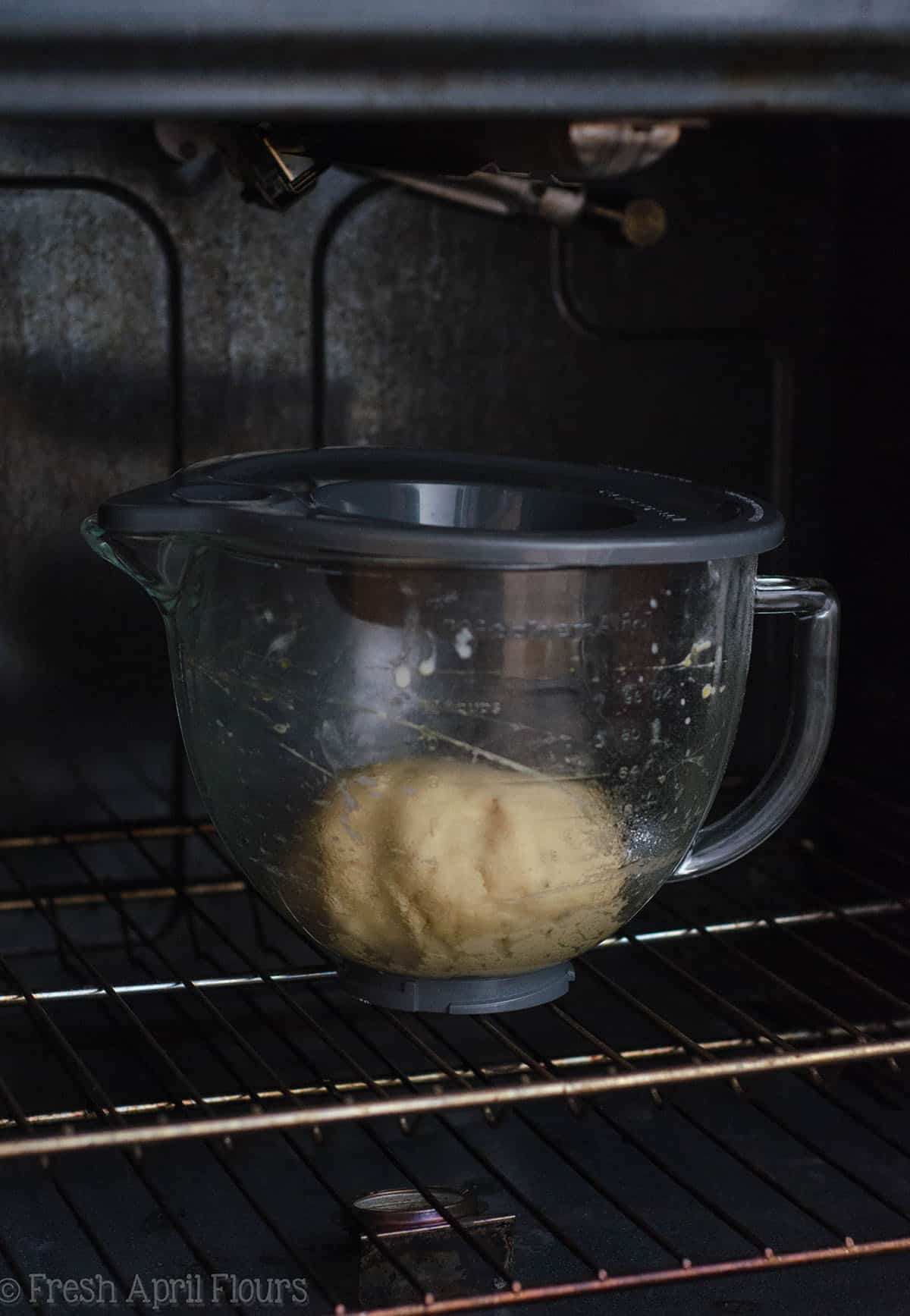
WHAT IF MY DOUGH STILL ISN’T RISING?
If you’ve moved your rising dough to a warmer environment and it’s still sluggish or struggling, there may be something more going on.
Your environment still isn’t warm enough —> move it to an even warmer spot.
You killed your yeast with the initial warm liquid, which may have been too hot — > start over with new dough.
Your yeast is expired or dead —> start over with new yeast.
You used too much flour —> give the dough more time and maybe even more warmth as the ratio of yeast to flour may be off.
You kneaded too much or too little —> start over with new dough.
HOW TO KNEAD DOUGH
Kneading dough is a vital step in bread making. It brings air into the dough, which is crucial for rising, and it also encourages the proteins in the flour to bond, forming strands of gluten that make up the gluten network of the dough. You can knead your dough with a mixer or with your hands. I prefer using my hands, but I know that physical limitations can prevent some folks from using their hands to knead dough. Use a dough hook if you’re using a stand mixer.
WHY DO SOME RECIPES ASK ME TO LET THE DOUGH REST?
When we’re making things like cinnamon rolls and dinner rolls, shaping the dough is where we get each individual piece from the whole of the dough. Allowing the dough to rest relaxes the gluten and makes the dough a little more giving so we can shape it with ease. You will often allow the dough to rest after shaping, which is another small rise that, again, allows the gluten to relax, creating a softer interior. If you are ever having trouble shaping your dough or loaf, try covering the dough and letting it rest for 10-15 minutes before trying again.
WHY DO WE PUNCH DOWN DOUGH?
Punching down the dough, also known as “degassing,” is a common technique used to deflate the dough and release excess air so that the bread dough can be kneaded again and/or shaped with ease.
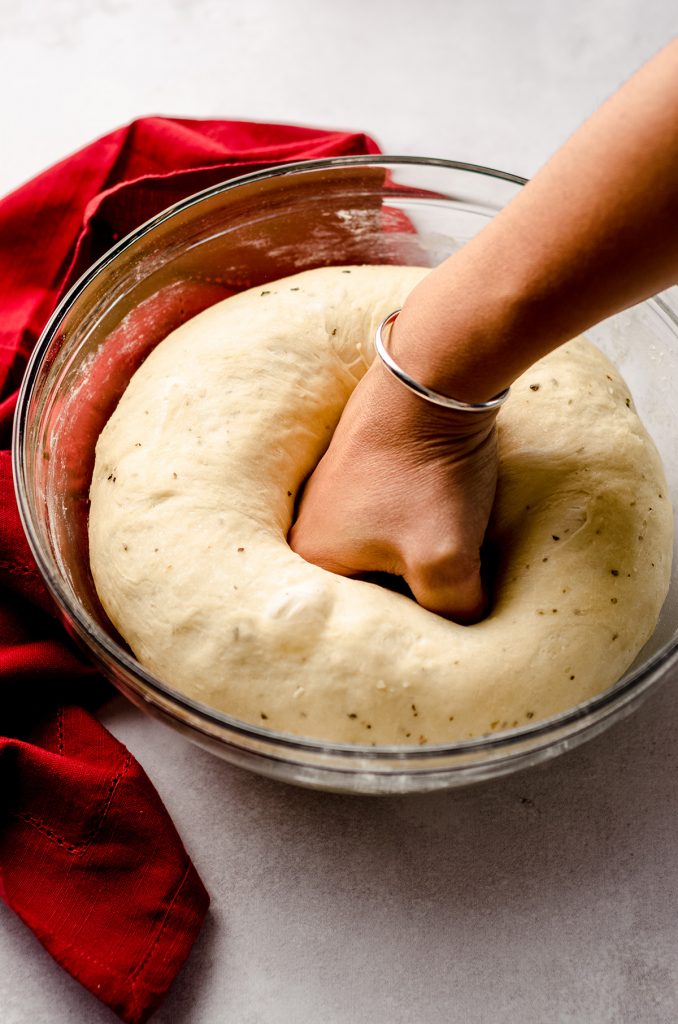
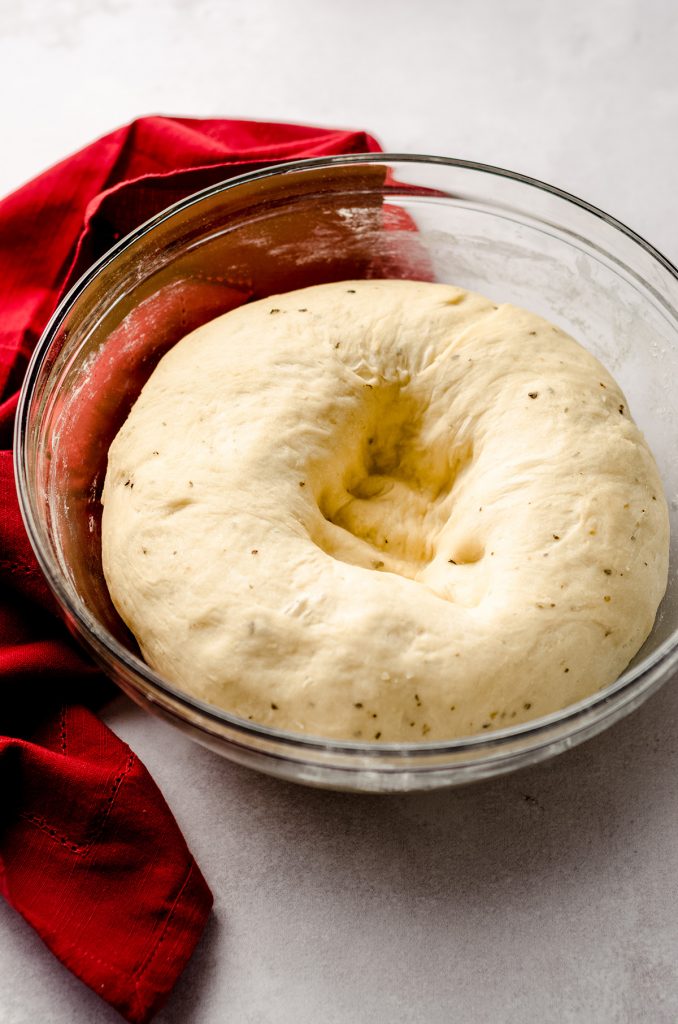
HOW TO STORE DRY YEAST
Yeast should always be stored in an airtight container as it needs to remain completely dry in order to remain in its dormant state. It is also perishable, so it will need to be stored in a cool environment.
SHOULD I REFRIGERATE DRY YEAST?
At the very least, you should refrigerate your dry yeast. Use within 6 months. I like to write the date I opened it on the top so I can remember how long it has actually been.
CAN I FREEZE DRY YEAST?
I actually prefer to store my yeast in the freezer, as it can last longer there (about 8 months). Place it near the rear of the freezer so it has less of a chance of being exposed to varying temperatures while opening and closing the freezer. Since it will be very cold, you will want to make sure you thaw it at room temperature for about 1 hour before using. Measure out the amount you need and let it sit on the counter with the rest of your ingredients that need to come to room temperature.
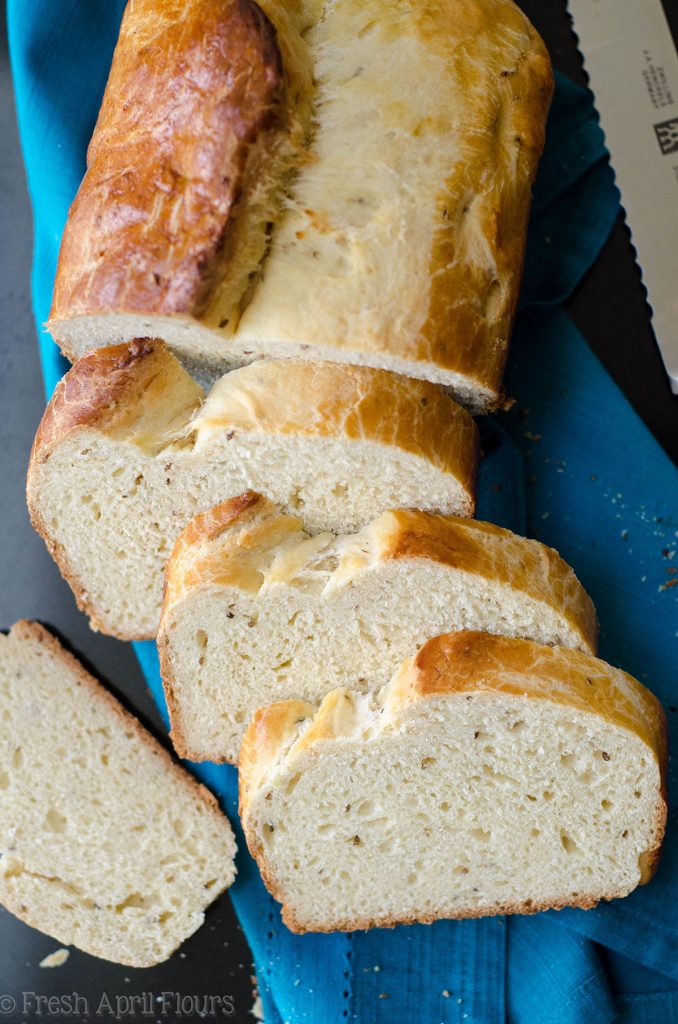
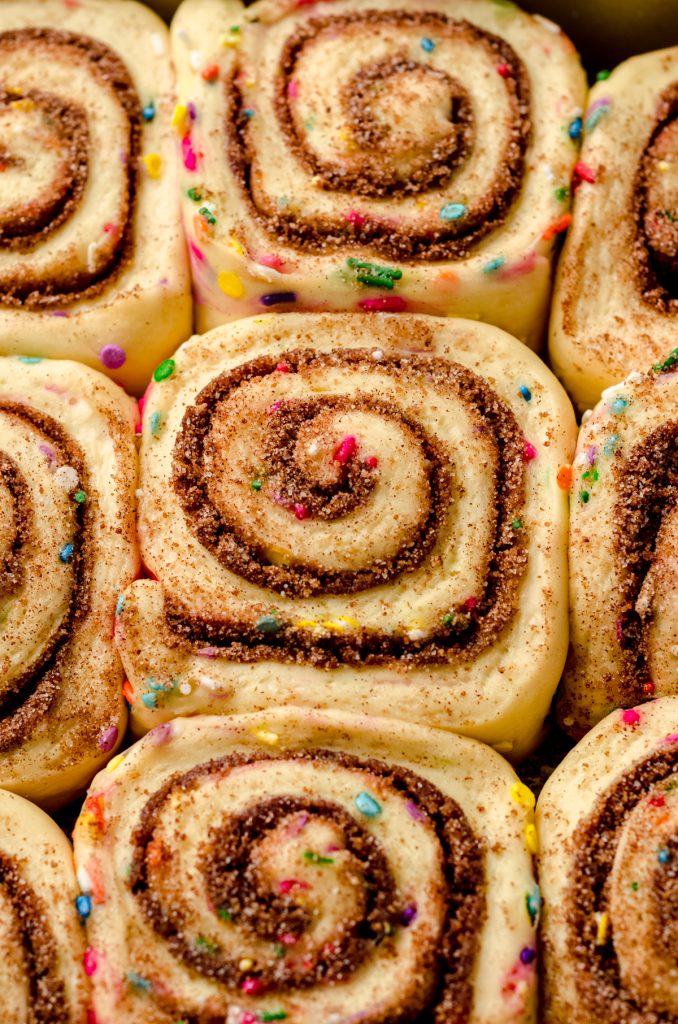
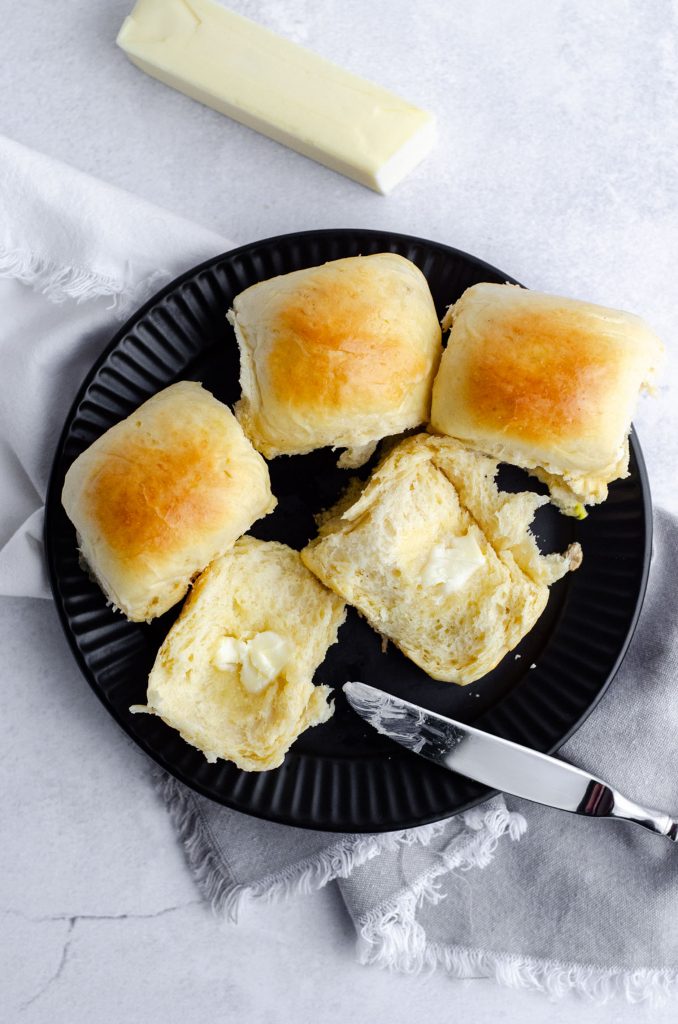
SOME OF MY FAVORITE EASY YEAST RECIPES
Now that you’re ready to tackle homemade yeast bread, here are some of my favorites!
CINNAMON ROLLS: try my fluffy, one rise cinnamon rolls that also come in small batch (makes 6) or mini (makes 24 bite-size)! Make them with eggnog at Christmas or my favorite way, with coffee.
YEAST ROLLS: these are the easiest of easy rolls for a beginner and they’re soft, fluffy, and can be made ahead of time. Here they are all dolled up for Easter as hot cross buns.
CINNAMON BABKA: a twisted yeast roll that is fun to make and even more fun to eat. Don’t let the twisting scare you!
ITALIAN ANISE BREAD: a staple in our house at Easter, and the first yeast bread I ever learned how to make.
CARDAMOM ROLLS: like my yeast rolls, but fancied up with my favorite spice.
PIZZA DOUGH: this could not be simpler, and your pizza crust will be perfectly chewy with a crispy crunch.
HOT DOG BUNS: I love making my own hot dog buns, and as a bonus, we’ve used this recipe to make hamburger buns, too.


I COULDN’T FIND T HE MEASUREMENTS FOR YOUR EASY YEAST ROLLS. HOW MUCH
FLOUR, MILK, ETC.?
Hi, Pat– this is a guide about how to bake with yeast. If you click onto the recipe page, you can scroll down to the recipe to find measurements. You may just be looking at a list of the ingredients in the post. Hope that helps.